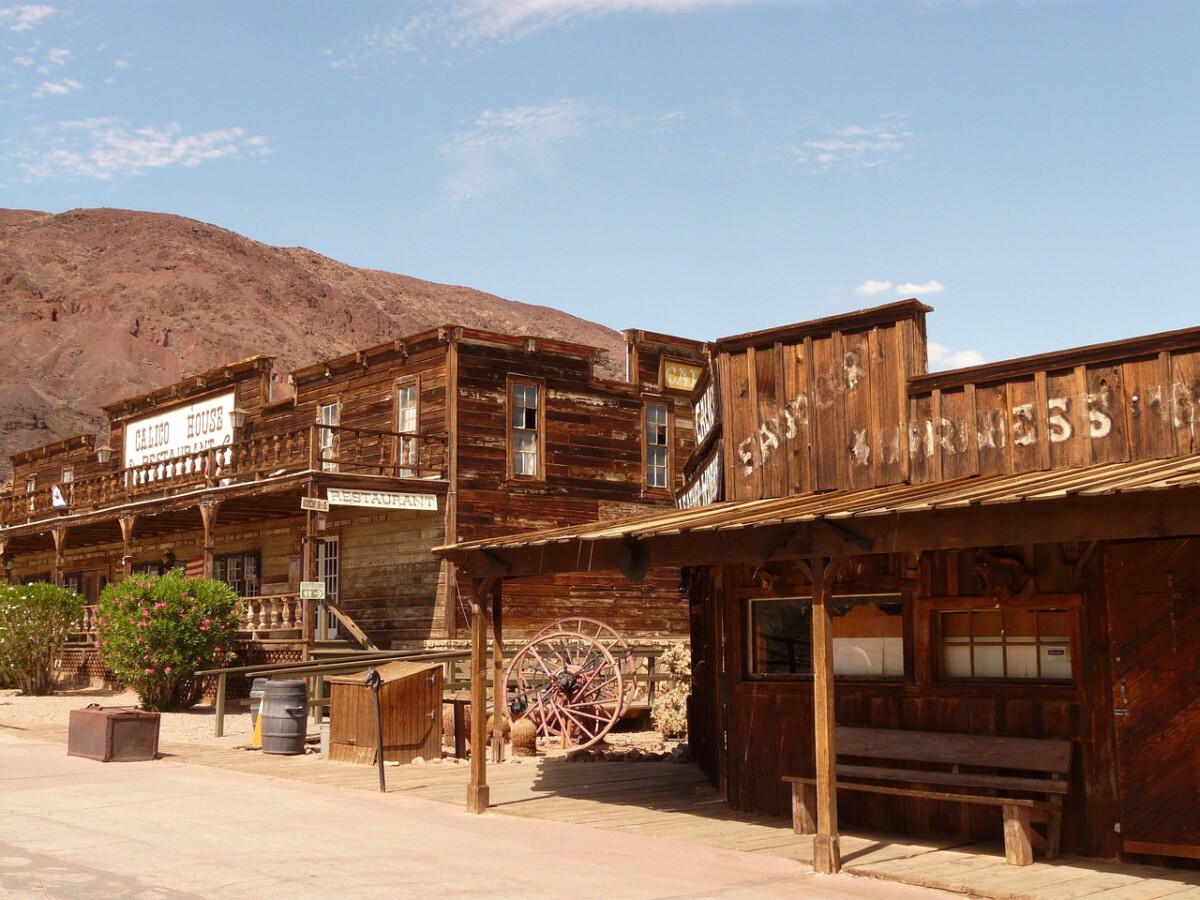India: Racing Against Time as Water Runs Dry

India is grappling with a shocking water emergency, with over 600 million people facing high to extreme water stress. The NITI Aayog reported that by 2025, 21 major cities, including megacities like Delhi and Bengaluru, could run out of groundwater. Population explosion and rapid urbanization have put unbearable pressure on existing water resources. Agriculture, which uses about 90% of India’s water, is directly suffering as erratic monsoons disrupt traditional farming cycles. Efforts like the Jal Jeevan Mission aim to bring piped water to rural homes, but implementation has been patchy and uneven. Climate change is making this delicate situation even worse, with some regions experiencing paralyzing droughts and others facing deadly floods. Millions are already forced to depend on tanker trucks or unsafe wells for daily needs. The urgency for sustainable and inclusive water management has never been greater in India’s history.
Ethiopia: Drought and Disputes Threaten Access

Ethiopia’s water crisis is severe, with about 36 million people lacking access to clean water, as stated by UNICEF. Recurring droughts, especially in the eastern lowlands, have brought devastating food and water shortages. Massive projects like the Grand Ethiopian Renaissance Dam have created international tensions and complicated the already fragile situation. Political instability and limited funding have slowed progress in developing resilient water infrastructure. Despite government promises to provide universal water access by 2030, millions still struggle daily to find safe water. Community-led water management, in some cases, has shown success in rural villages, but these examples are not widespread. International organizations play a big part in supporting efforts, yet overall progress remains slow. Ethiopia’s future water security will depend on both peace and sustained investment.
Yemen: Conflict Turns Scarcity Into Catastrophe

Yemen is enduring what experts call one of the world’s worst humanitarian disasters, with water scarcity at its core. The United Nations estimates over 20 million Yemenis do not have access to safe drinking water. Ongoing conflict has destroyed water infrastructure, making it nearly impossible to repair or maintain vital supply systems. Around 80% of the population urgently needs humanitarian aid, with clean water and sanitation as top priorities. Some international agencies have suggested building desalination plants, but these require enormous resources and are difficult to operate in a war zone. Families are often left with no option but to drink from contaminated sources, leading to outbreaks of disease. Humanitarian organizations are providing temporary relief, but the real solution will require peace and massive reconstruction. Yemen’s crisis deepens each year as water supplies dwindle and the population’s needs grow.
Pakistan: Facing the Threat of Running Dry

Pakistan’s water situation remains alarming in 2025, with the country now facing absolute water scarcity, as experts had predicted. Per capita water availability has plunged, making Pakistan one of the most water-stressed countries globally. Agriculture, the backbone of the economy, relies almost entirely on the overburdened Indus River system. Climate change, poor management, and rampant pollution are all aggravating the crisis further. The government has introduced the National Water Policy and other initiatives, but execution remains inconsistent and slow. Public awareness campaigns encourage conservation, yet widespread change is lacking. Political obstacles and lack of coordination between provinces make progress difficult. Without urgent reforms, Pakistan’s water crisis will continue to threaten both lives and livelihoods.
Afghanistan: Water Scarcity Amidst Instability

Afghanistan suffers from a dire water crisis, with millions of people unable to access safe drinking water. The World Health Organization reports that nearly 60% of the population lacks reliable access to clean water. Ongoing conflict has devastated infrastructure, leaving many communities dependent on seasonal rainfall and vulnerable to drought. International aid provides some relief, but insecurity and lack of government capacity stall many projects. Community-based solutions, like the construction of small-scale wells and local water councils, have worked in pockets of the country. However, these are not enough to meet the vast national need. Efforts to improve water management face constant hurdles due to instability. If long-term stability is not achieved, Afghanistan’s water crisis will remain unsolved.
Sudan: Climate and Conflict Collide

Sudan’s water crisis is deeply intertwined with climate change, conflict, and underdeveloped infrastructure. UNICEF estimates that around 10 million Sudanese do not have access to clean water. The Nile River is a crucial resource, but disputes with neighboring countries over water rights have led to tensions. Political turmoil and economic hardship slow down vital water projects. Community-led initiatives have made some progress in improving water access, particularly in rural areas. Nevertheless, widespread and sustainable solutions have yet to materialize. The government faces the massive task of modernizing infrastructure while maintaining peace. International support remains critical for humanitarian relief and long-term development in Sudan.
Iraq: Ancient Rivers Under Threat

Iraq, once blessed with the mighty Tigris and Euphrates rivers, is now confronting a severe water crisis. Years of conflict, mismanagement, and upstream damming have drastically reduced water flow and quality. The World Bank notes that per capita water availability has dropped sharply in recent years. Pollution from industry and agriculture further degrades these essential rivers. The government has launched several water management projects, but implementation is hampered by political instability and corruption. Agriculture, a mainstay for millions, is particularly affected as irrigation water becomes scarce. Community-based water conservation efforts are growing but need much broader support to be effective. Iraq’s water future depends on both peace and regional cooperation.
Jordan: Desert Nation’s Battle for Every Drop

Jordan is one of the world’s driest countries, with less than 100 cubic meters of renewable water resources per person per year. Population growth, especially due to refugee influxes, has pushed existing water systems to their limits. The country relies heavily on the overdrawn Jordan River and costly desalination projects. Government initiatives like the Red Sea-Dead Sea project seek to address shortages, but progress is slow and expensive. Water rationing and public education campaigns are now a daily reality. NGOs and international partners help with infrastructure upgrades and conservation programs. Innovative technologies, such as greywater recycling, are being introduced in some communities. Jordan’s experience highlights the challenges of managing water in extreme scarcity.
South Africa: Droughts and Urban Demand

South Africa has faced recurring droughts that put immense pressure on its water supply, especially in major cities like Cape Town. In 2018, the city came frighteningly close to “Day Zero,” when taps were expected to run dry. Climate change has intensified drought cycles, impacting the country’s agriculture and industry. Rural areas often lack reliable access to piped water, forcing residents to depend on rivers and boreholes. The government has invested in water infrastructure, but aging systems and leaks waste significant amounts of treated water. Water conservation campaigns have helped reduce urban demand, but population growth continues to strain resources. Pollution and mismanagement further complicate water security. South Africa’s water situation remains precarious despite recent improvements.
Switzerland: Mountain Springs Create Liquid Gold

Switzerland is world-famous for its crystal-clear water, with over 80% of drinking water coming from protected groundwater sources. Strict environmental regulations and regular monitoring ensure that contamination is extremely rare. The Federal Office for the Environment confirms that Swiss water quality consistently ranks among the highest globally. Heavy investment in infrastructure, ongoing maintenance, and advanced purification technology keep water supplies safe. Most Swiss households can drink straight from the tap, and water fountains are common across the country. Public trust in water safety is very high. Switzerland’s commitment to environmental sustainability is a major reason for its exemplary water quality. The Swiss approach shows how careful management can protect resources for generations.
Finland: Lakes and Forests Keep Water Pure

Finland’s water is considered among the cleanest in the world, with about 90% of drinking water sourced from lakes and groundwater. The Finnish Institute for Health and Welfare regularly reports that tap water is safe and even tastier than bottled alternatives. Strict environmental policies protect water sources from industrial and agricultural pollution. The government invests heavily in modern infrastructure and advanced filtration systems. Public education campaigns promote careful water use and environmental stewardship. Regular quality checks and transparent reporting build public confidence in water safety. Even in rural areas, Finns enjoy easy access to pure water. Finland’s system serves as a model for countries seeking to upgrade their water quality.
Norway: Glacial Waters Flow to Every Home

Norway is known for its exceptionally clean drinking water, sourced mainly from glaciers, lakes, and mountain springs. The Norwegian Institute of Public Health confirms that tap water across the country meets and often exceeds strict safety standards. Heavy government investment ensures that water treatment facilities are state-of-the-art. Regulations protect water catchment areas from agricultural and industrial contamination. Public awareness programs teach Norwegians about conserving and valuing their pristine water. Regular sampling and monitoring keep the water supply safe and reliable. Even in urban areas, residents enjoy water that rivals the taste and purity of commercial bottled brands. Norway stands as a shining example of effective water stewardship.
New Zealand: Pure Springs in a Green Nation

New Zealand’s drinking water is celebrated for its clarity and safety, with most supplies coming from underground aquifers and mountain-fed rivers. According to the Ministry of Health, tap water in most regions is safe and meets strict quality standards. Protective laws limit pollution and encourage sustainable land use around water sources. The government invests in upgrading water treatment plants and pipelines, especially in rural communities. Public campaigns encourage responsible water use and waste reduction. Regular testing and public reporting keep both residents and visitors well informed about water safety. New Zealand’s approach to water management is closely tied to its broader environmental values. The country remains a top destination for those seeking clean, natural water.
Canada: Vast Wilderness, Abundant Freshwater

Canada holds about 20% of the world’s freshwater, with lakes, rivers, and glaciers providing an immense reserve of clean water. Health Canada reports that tap water in most areas is safe and regularly tested for contamination. Federal and provincial governments enforce strict regulations to protect water sources from pollution and overuse. Investments in water infrastructure, from advanced treatment plants to modern sewage systems, are ongoing. Public education and conservation campaigns help maintain water quality and reduce waste. Routine monitoring ensures early detection of problems and swift corrective action. Even in remote communities, efforts are made to guarantee safe drinking water. Canada’s water resources are a national treasure, managed with care and responsibility.
Iceland: Glacial Purity in Every Glass

Iceland’s water is considered some of the purest on Earth, flowing from glaciers and volcanic springs. The Icelandic Food and Veterinary Authority confirms that tap water is not only safe but often preferred over bottled alternatives. The government enforces rigorous environmental protections to keep water sources unspoiled. Investments in modern infrastructure ensure that even isolated communities have reliable access to clean water. Public awareness about protecting water resources is high, reflecting a culture that values environmental stewardship. Continuous monitoring and transparent reporting keep standards among the world’s highest. Icelanders enjoy the privilege of drinking some of the cleanest water available, straight from the tap. The country exemplifies how natural resources can be preserved through careful management and respect.




